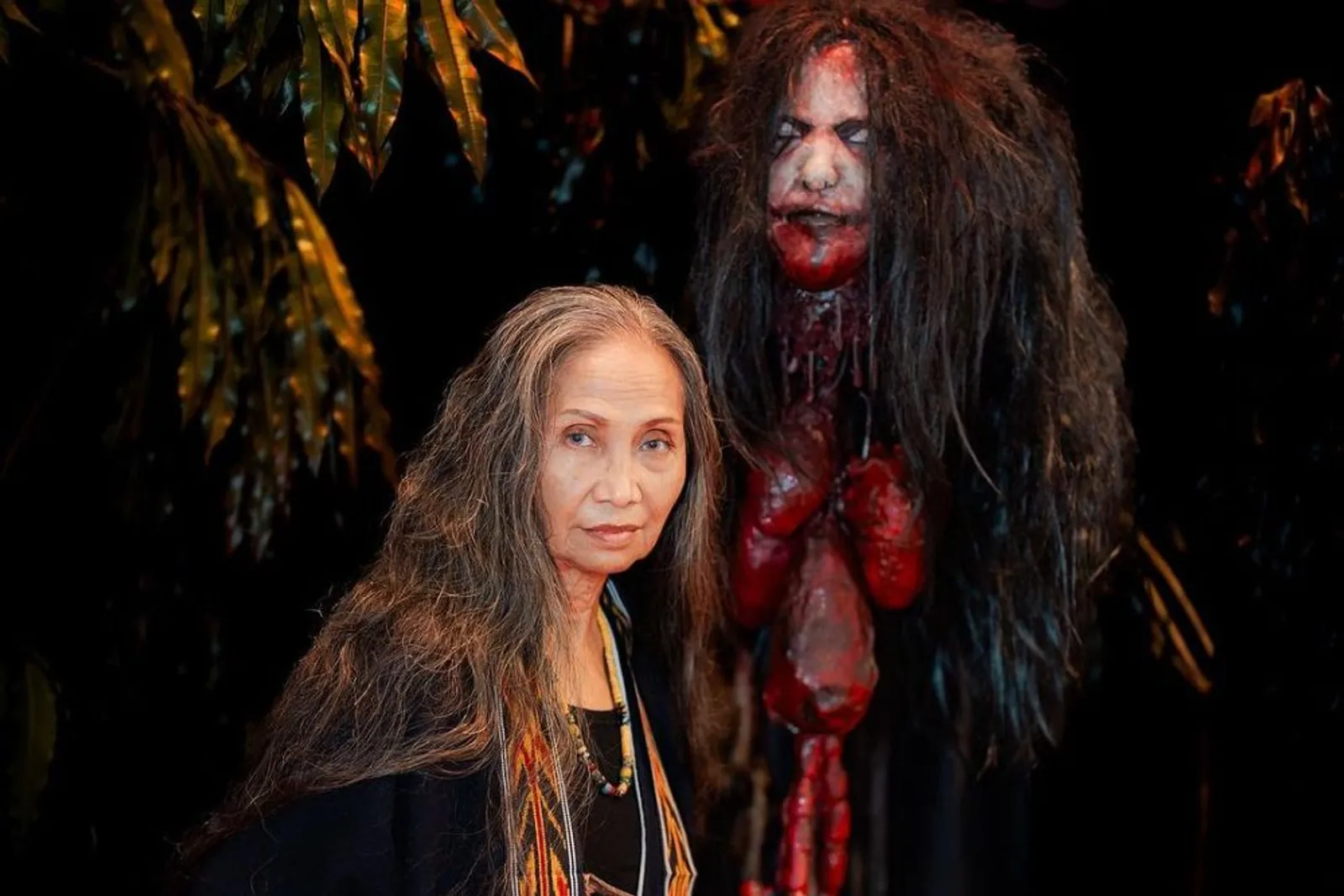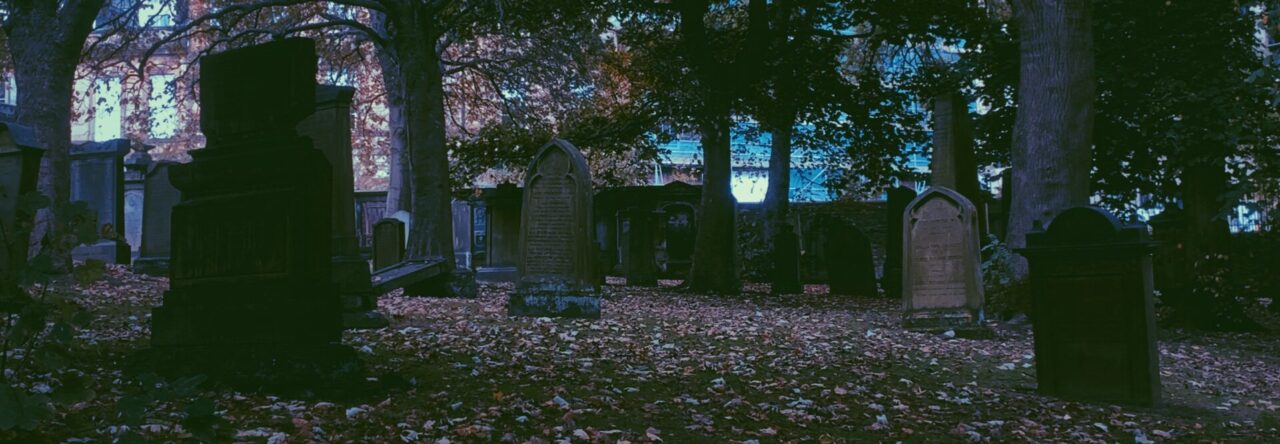During the intensive session, I am most fascinated with the taxonomy of folktales, travelling from a far away land thousands of kilometers apart, I remember how my home land is rich with folktales from different regions, ethnicities and tribes. As far as I know, there has been no classification attempt, but perhaps I may be wrong.
Storytelling has always fascinates me, just with words a storyteller are able to bring you miles away from the comfort of your home and show you moral values, consequences on unjust deeds, the reward of bravery, etc. But I am particularly interesed with the creeping lurking horrors of the unkown, the damned, appartions, ghosts, and specters.
On Saturday, I had a pleasant conversation with fellow classmates regarding a particular ghost that is shared among several countries in South East Asia which shared a similar physical appearance, a disembodied head of a woman with it’s organ hanging by it’s neck as she floats in the air. It goes by a lot of names different in each region, Ahp in Cambodia, Krasue in Thailand, Ma Lai in Vietnam, Manananggal in the Philippines, and Kuyang in Indonesia (in other part of Indonesia it’s also called Palasik/Pelasik sharing the name with Malaysia, Singapore, and Brunei).

I may be wrong, but it also shares a similar diet in every region, blood. It will prey on cattle, water buffallo, chicken, and the one in Indonesia will feed on mothers who just gave birth, new born and/or unborn babies. Kuyang is said to be a woman who practiced black magic, and one of the way for them to increase their magical power is by consuming babies, that is why in some villages in Indonesia, pregnant woman will not let random people touch their belly and carry scissors or a pin in their clothes to protect the unborn child from evil spirits, and one of them being Kuyang/Palasik/Pelasik. Generally, the origin story of this particular apparition is similar, with only slight difference. If anyone fancy to watch a movie about Kuyang in Netflix, you can find it in this link.
There is a saying if you talk about the unseen, it is as if you’re inviting their presence. And despite a belief that ghost cannot cross the ocean, it may be the cold of Edinburgh night in the end of September-or something has responded to my unintentional invitation-a sudden chill crawls down my spine as I’m typing this in my laptop, while ocassionally glancing towards the corner of my room.
Let me take you to the tale of Indonesia’s most beloved or perhaps most feared ghost, Kuntilanak.
This story comes from the capital of West Kalimantan, Indonesia, Pontianak (which is the Bahasa Melayu version of the word Kuntilanak, yes, they name the city after a ghost).
It is told that in the past, Syarif Abdurrahman, the son of Al-Habib Husein, along with his entourage, was seeking new territory outside his father’s kingdom. They then arrived in a new, uninhabited area, an island in the Kapuas River, now known as Batu Layang. Then, Syarif Abdurrahman instructed his followers to cut down trees to build them shelters. The act infuriated the Pontianaks/Kuntilanaks that were inhabiting those trees which then proceeds to disturb the accompanying entourage of Syarif Abdurrahman. According to local legend, Syarif Abdurrahman then commanded his troops to shower canon balls towards the forest in order to chase away the Pontianaks/Kuntilanaks. Afterwards, Kadriah Palace was constructed in that area, in the spot where the legend allegedly took place.
This legend is related with the tradition of firing carbide cannons on the night of Eid in Pontianak to this day.
While the legend may seem like a tale of triumph of modern technology against the superstitions, we can also see it from another point of view where some men decided to rain cannons to a group of indigenous spectral women defending their tree house.
There is one question left unanswered, what is the origin story of Kuntilanak?
Are they natural spiritual entities? Or once a human and turns into a rageful spirit?
One of the most popular origin story is that Kuntilanak is the spirit of a women who either died in childbirth or by the hands of men. Legends say that in the night, Kuntilanak will disguise themselves as a rather good looking woman, and will tear the guts of any men who dare to approach them. Kuntilanak is often portrayed wearing white tunic clothes with long dark hair and it is said that her presence is signaled by the fragrant hint of jasmine which grew stronger, and as you took every breathe, it gradually turns into a metallic smell of blood mixed with that of a pungent rotting corpse. Another rather iconic aspect from Kuntilanak is her laughter which sounds quite similar to a witch’s laughter, it is said that if you hear the laughter near you that means the Kuntilanak is far away, however if you hear it far away…

Like all other folktales, ghost stories too serves a purpose in society. It may be a simple story about moral righteousness, or a way to make children obey their parents to not wander out past the dusk, or perhaps that of resistance. In movies and pop culture, Kuntilanak is portrayed as en entity born from a sorrowful experience, victim of sexual violence, murder, child birth gone wrong, etc. But perhaps we can also perceived Kuntilanak as a morphic resonance of subversive feminine energy that exacts revenge against men who have wronged them, and becomes a symbol of resistance against patriarchy and misogyny common in South East Asia society. The horror of Kuntilanak in recent Indonesian pop culture reminds me of the concept of Monstrous-Feminine written by psychoanalist Barbara Creed. This is just my personal opinion, but maybe the legend of Kuntilanak is a way for people to talk about and fight injustice which often happened to women in traditional society in South East Asia.
As a genre, Supernatural Horror is often regarded as a cheap entertainment with outdated concept, but the thing that modern people often forget is that there must be a reason these stories of figures lurking behind the shadows appears all across cultures around the world as a collective fear, and understanding the reason and looking deeper into these stories, legends, myths, will provide us with various informations from society’s view on certain moral value, local knowledges, and even natural phenomenons that happens around us.
To close this first blog which I somehow make into a horror blog, I would like to recommend 3 Indonesian Horror movies to start your SpooKtober:



Leave a Reply